This content is contributed by:
Kasey Johnson, Kate Hickcox, and Tyler Harris from Pacific Northwest National Laboratory
At LightFair 2023, the authors led an interactive session titled, “Life-cycle, liberty, and justice for all: Exploring social equity & justice from a life cycle perspective” that engaged attendees on the topics of life cycle thinking, sustainability, and social justice and equity. Participants gained a new perspective on the impacts of our daily choices, both big and small, and begin to make more informed decisions leading to more sustainable, equitable, and just outcomes for our society and planet.
Learn more about the authors at the end of this post.
Shoes, cars, sandwiches, sunglasses… all the objects that we interact with on a daily basis go through a set of life cycle stages, including raw material extraction, transportation, and manufacturing, before they even get to us. Even a seemingly simple object like a bagel can have a complex life cycle! How many different types of seeds are on an everything bagel? Where do they all come from? What happens to the bagel packaging when the bagels are gone?
We cannot guess or assume how sustainable a product is; we need to map, assess, and compare it!
Understanding Life Cycle Assessment (LCA) Through Life Cycle Thinking
The methodology used to quantify and compare the environmental impacts of all inputs, outputs, and processes required throughout a product’s life cycle is Life Cycle Assessment (LCA). LCAs use data detailing all the materials, energy, and processes that go into the production, use, and disposal of a product to create a report that describes the product’s impacts on the air we breathe, the water we drink, and our exposure to environmental health burdens like carcinogens. Before jumping into the complex, deeply detailed world of LCA, it helps to have a better understanding of the life cycle thinking approach.
Life cycle thinking is the backbone of LCA. It is a holistic way of thinking that allows us to consider impacts, whether they be environmental, social, or economic, across all life cycle stages. Unlike LCA, you do not need to be an expert in order to start applying life cycle thinking to the products that you encounter in your life.
Consider the 4 tips below to begin or expand your life cycle sustainability adventure and be sure to join us at LightFair for a fun and interactive life cycle thinking workshop to try it for yourself!
1. Consider environmental, human, and economic impacts from products and materials
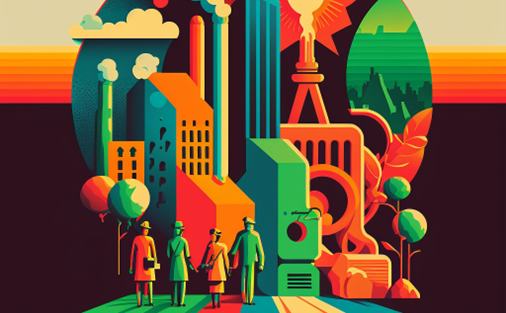
The production of a product can influence the environment and human health in multiple different ways. Impact categories like global warming potential, acidification potential, ozone depletion potential and ecotoxicity are just a few of the impact categories that LCA employs to classify different types of environmental impacts. Greenhouse gas (GHG) emissions, which are captured by the global warming potential impact category, are commonly considered in environmental assessments. Although GHG emissions are critical, it is important to consider multiple impact categories. It is entirely possible for a product to have minor impacts in the global warming potential category, but massive impacts in a different category. Without considering impacts across a broad suite of impact categories, it is possible to overlook the impacts that have the greatest magnitudes.
Similarly, achieving a holistic view of a product’s life cycle equity and justice impacts requires us to consider impacts, both positive and negative, across multiple categories such as human health, safety, and economy. For example, it is important to consider the economic benefits that a life cycle stage creates for workers while also considering if workers are working in safe environments.
Related post: Sourcing a Sustainable Luminaire
2. Consider impacts throughout the entire life cycle
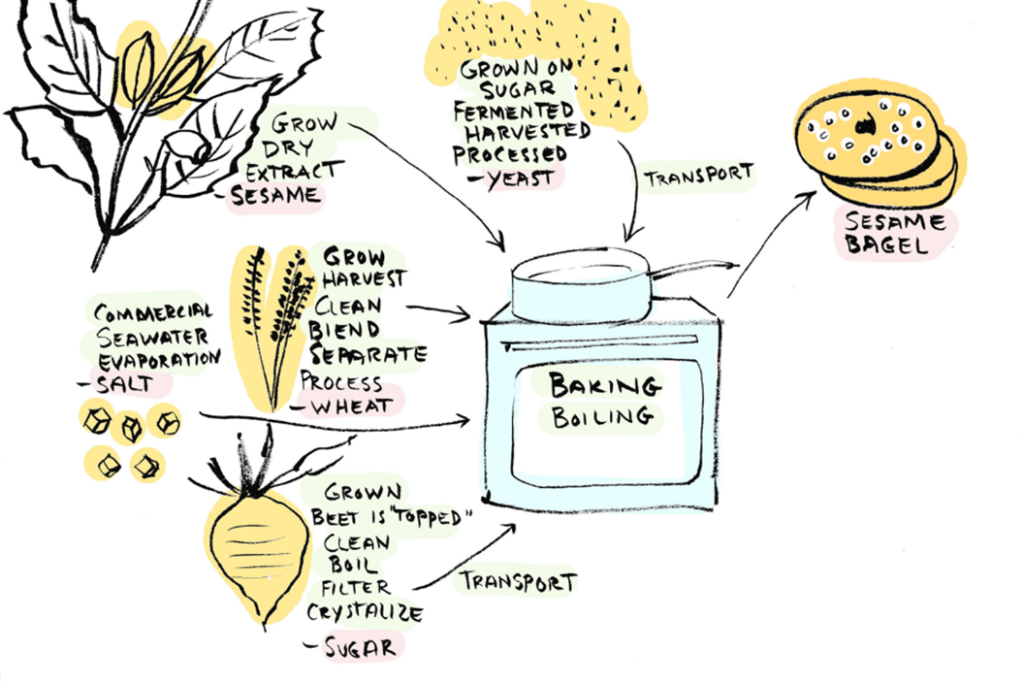
As efforts to reduce climate change impacts and to promote energy equity and environmental justice gain momentum, we must continue to emphasize the importance of implementing holistic approaches to sustainability. Life cycle thinking challenges us to think more broadly about a product’s environmental impacts by expanding the scope of interest to include all life cycle stages that a product goes through. Instead of limiting environmental assessments to only one life cycle stage, like manufacturing, for example, LCA quantifies environmental impacts throughout all life cycle stages, including material extraction, manufacturing, packaging and distribution, use, and end-of-life.
Having a holistic view of a product’s sustainability means thinking about equity and justice impacts in the same way! Because equity and justice impacts can occur anywhere along a product’s life cycle, a life cycle thinking approach is necessary to fully understand the overall equity and justice impacts of a product and enable better and more sustainable decisions to be made.
Related Post: Making Healthier Specification Decisions with Material Transparency
3. Recognize geographic and demographic implications

Understanding where activities and impacts are occurring and what communities are impacted allows us to include social equity and justice considerations. We can begin considering regional and social implications by exploring questions like “where is a product’s manufacturing facility sited,” “where are the materials extracted,” “where is the waste being disposed and processed,” and “who lives and works nearby?”
The people that live directly next to the landfill that a product is disposed in or along the transportation corridor that a product travels between other life cycle stages are likely to experience the greatest magnitude of exposure to the impacts from those life cycle stages. In a full LCA, census demographic data and stakeholder engagement can be used to determine who lives closest to each life cycle stage and determine if low-income or minority populations are being disproportionately and adversely impacted throughout a product’s life cycle.
Related post: How Smart Street Lights Can Help Fight Climate Change
4. Set sustainability and equity goals and priorities

When designing or specifying a material, product, or project, it is important to consider sustainability holistically, including environmental, social, economic, and equity and justice impacts. Understanding and setting sustainability and equity goals and priorities helps focus research, design and development of products and projects. A specifier or designer may set a goal to reduce carbon footprints while also addressing social justice issues related to human health impacts.
Using life cycle approaches allow us to identify impact “hotspots” in a product’s life cycle and can help us prioritize interventions to minimize impacts and reach our goals. Hotspots are phases or impacts that are larger in scale compared to others under consideration (e.g., the material extraction phase could produce the largest human health impact near disadvantaged communities when compared to use, end-of-life, and other life cycle phases, and greenhouse gas emissions could have the largest footprint contribution from the manufacturing and transport phases).
Learn more at LightFair
Life cycle thinking is an iterative and ongoing process. Enjoy the journey knowing that every step along the way will be leading us all to a more sustainable future. Sign up for LightFair Conference and on-floor sessions around these important topics and connect with practitioners committed to making a positive impact.
About the authors/contributors
Connect with these LightFair presenters online, meet them at LightFair, and drop in your questions and comments on the topic here.
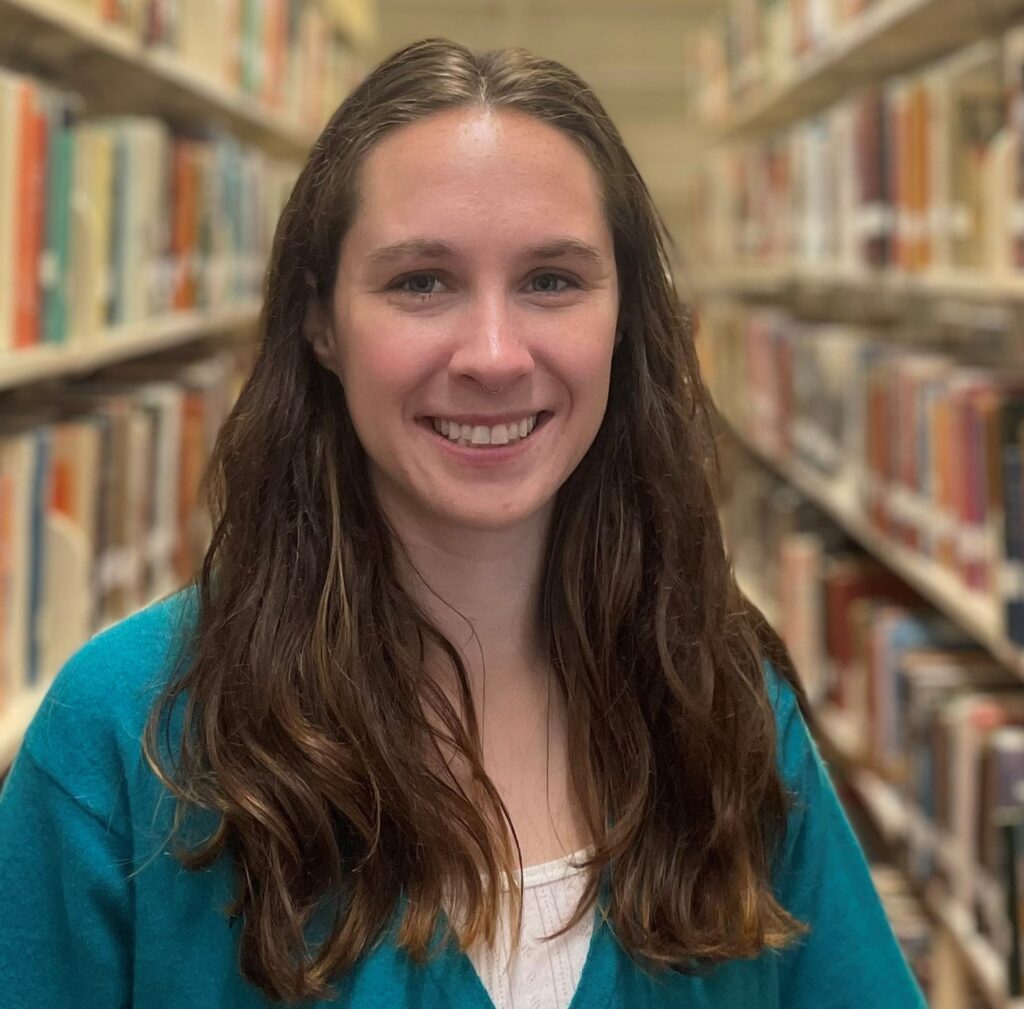
Kasey Johnston
Post Masters Research Associate
Pacific Northwest National Laboratory
Connect on LinkedIn
Kasey Johnston is a Post Masters Research Associate on Pacific Northwest National Laboratory’s Sustainability Engineering Team. She comes from a background of chemical engineering, chemical compliance, and county-level sustainability planning. In her current position, Kasey focuses on the development and application of environmental justice and energy equity metrics, as well as integrating the tenets of environmental justice into the life cycle assessment methodology.
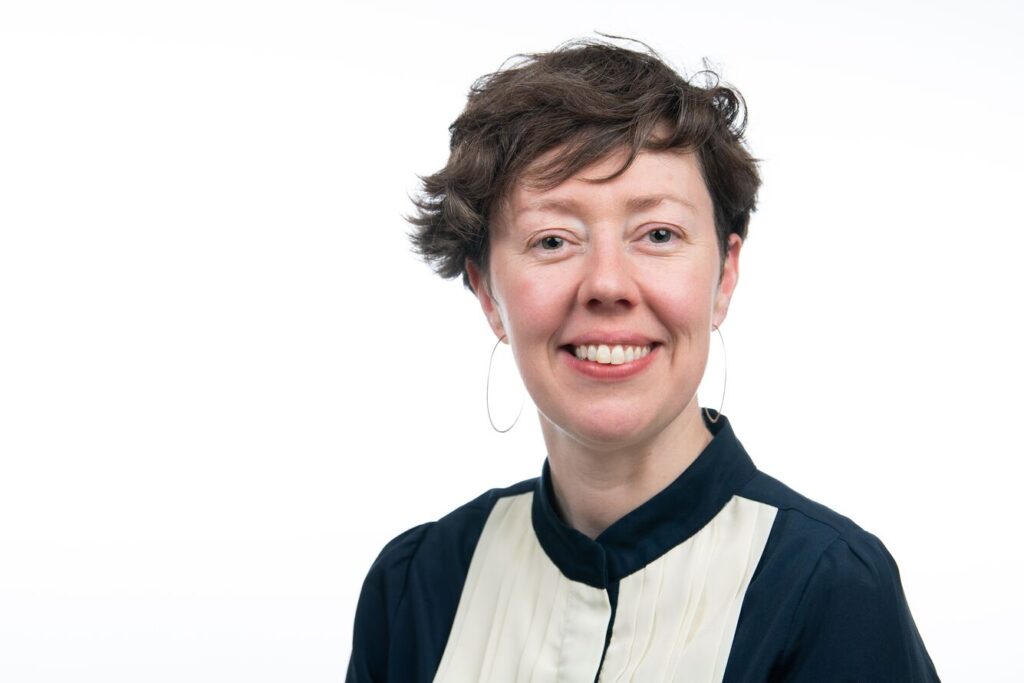
Kate Hickcox
Energy + Environment Research Scientist
Pacific Northwest National Laboratory
Connect on LinkedIn
Follow on Instagram
Kate Hickcox joined PNNL in 2020. She is a creative thinker with over 20 years of experience in lighting, research, and design. Kate’s work focuses on sustainability, which means considering the complex aesthetic, technical, visual, and non-visual needs of people while at the same time equitably benefiting the economy, society, and the environment. Kate’s unique background blends the artistic with the practical and allows for discovery of unique design solutions and innovative research-based strategies. Her work at PNNL includes supporting Energy Equity and Justice in Systems Technology work, leading decarbonization and circularity efforts for lighting and other mechanical and electrical systems, and work in outdoor nighttime lighting.
She has authored or co-authored many technical publications/reports and has presented at LightFair International, IALD, LEDucation, the CIE and the IES on topics including sustainability, life cycle assessment, subjective rating scales, designing for darkness, glare and brightness perception, lighting, and acoustics as well as lighting quality metrics.
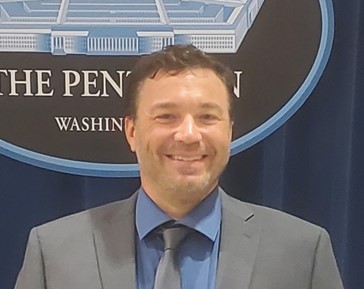
Dr. Tyler M. Harris
Sustainability Engineer
Pacific Northwest National Laboratory
Connect on LinkedIn
Forging a nontraditional educational and career path, Dr. Tyler M. Harris, has made it a goal to leave the world a better place than when he found it. He ran the academic gauntlet to establish an expertise in STEM via his PhD in Civil and Environmental Engineering from the Colorado School of Mines, all while maintaining an artistic and optimistic perspective leaving him with the ideal that nothing is impossible. One could say his head is in the STEAM (STEM + Arts).
Tyler is thrilled to share his expertise in triple-bottom-line sustainability engineering, life cycle thinking and assessments, and resource policy analysis – in addition to his artistic flair – with his fellow collaborators at PNNL. From space resource use and space sustainability, defense installation resilience and efficiency, and to earth systems engineering & management, Tyler has no shortage of interests, skills, or ideas to bring to any project.
But he knows he cannot do this by individual actions, only through evaluating and improving the human systems through collaborative and adaptive measures can meaningful changes be established and maintained. His attempt to achieve global sustainability is manifested through a life-cycle approach, balancing the social, economic, and environmental costs and benefits.
Tyler discovered his interests in both the arts and sciences would allow him to not only broadly and deeply explore the STEM fields, but to also artistically approach complex problems from alternative directions and outlooks. This STEAM approach led Tyler to the powerful field and methodologies of sustainability engineering where quantitative life-cycle assessments help to untangle the complex and dynamic interplay of social, economic, and environmental impacts and concerns. Such tools and methods have been used to quantitatively challenge seemingly intuitive assumptions about the sustainability of various engineered systems.

